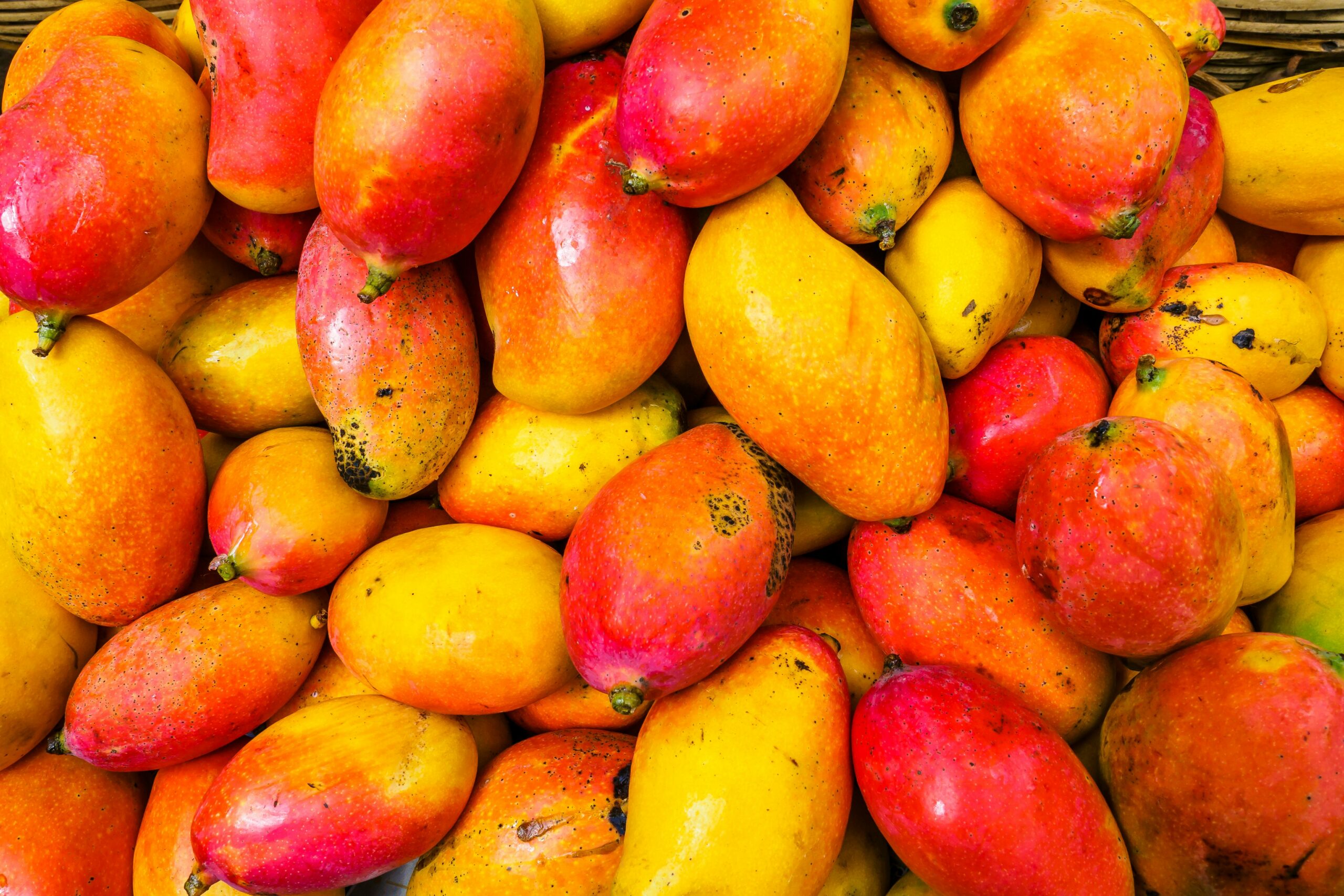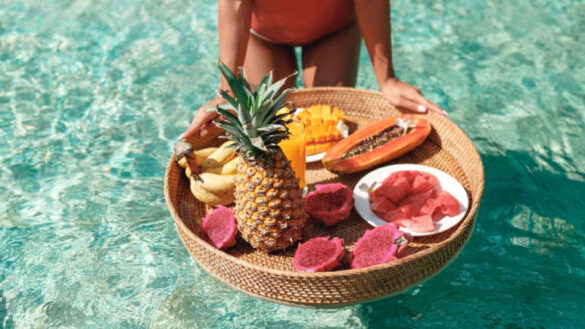Fruits are Nature’s candy.
While fruits are generally healthy, some fruits contain high amounts of natural sugars that can spike blood sugar levels. Tropical fruits like mangoes, pineapples, and bananas are particularly high in sugar. While they provide essential vitamins and fiber, it’s important to consume them in moderation and pair them with protein or healthy fats to help stabilize blood sugar.
If you have diabetes, managing blood sugar levels is crucial. While fruits are a healthy part of a balanced diet, some fruits are higher in sugar and can cause blood sugar spikes and further worsen your diabetes.
While no fruit is strictly off-limits, being mindful of the sugar content and glycemic index of fruits is important for managing diabetes. Eliminating these fruits even temporarily can help you better control your blood sugar levels and manage diabetes. Here are some fruits that people with diabetes might want to consume in moderation or avoid
High-Sugar Fruits to Limit or Avoid if you have diabetes

Although pineapple is high in vitamin C and fiber, they contain high sugar levels and has a moderate to high Glycemic Index. A cup of pineapple contains about 16 grams of sugar, and its high glycemic index can lead to a spike in blood sugar levels, making it harmful for people with diabetes. Additionally, pineapple has a high carbohydrate content, which can interfere with diabetes management.

Watermelon has a high glycemic index of 72 and can cause rapid blood sugar spikes in people with diabetes. Although this natural fruit has a high-water content, it also has a high natural sugar content. Fructose can increase blood glucose levels, further complicating diabetes management. Opting for other low-glycemic-index fruits, such as avocado, can help control your blood sugar levels and still deliver essential nutrients.

Bananas are a great snack and can be filling due to their carbohydrate content. However, bananas may not be the best fruit for people with diabetes. A single medium-sized banana has 14 grams of sugar and 27 grams of carbohydrates, which can affect blood sugar levels. Although bananas have a glycemic index of 51 to 55, the moderate levels can still cause a spike in blood sugar and make it difficult to manage diabetes.
Overripe bananas have more fructose and can cause a faster increase in blood sugar. You can replace bananas with avocado or berries to keep your sugar levels under control.

Mangoes are delicious and great as snacks or in smoothies, but they should be approached with caution if you have diabetes. Mangos are packed with nutrients. One serving size of a mango includes Vitamin A and C, fiber, and antioxidants. They are very sweet and high in natural sugars. A single cup of sliced mango has 23 grams of sugar. The high sugar content can increase blood glucose levels and make it difficult to manage diabetes. Although mangoes have a moderate glycemic index of around 51, they can still cause a slight rise in blood sugar levels. Limit your serving portion to half and eat mango as an occasional treat to manage your sugar levels. Also, combining mangos with other nutrient-rich foods can help maintain balanced blood sugar levels.

Although papaya has a moderate amount of sugar, its glycemic index of 60 can significantly spike blood sugar levels. Nutritional experts recommend limiting your daily intake of papaya to a single cup.
Dried fruits like figs, dates, and raisins are fiber-rich but loaded with sugar. A 50-gram tin of dates has 25 grams of sugar, while 43 grams of raisins has 25 grams of sugar. Their high glycemic index and sugar content make them unsuitable for people with diabetes.

Cherries contain significant amounts of sugar. They are a delicious and convenient summer snack, but not ideal for people with diabetes. A cup of cheese has 20 grams of sugar and a glycemic index 62, which can cause a noticeable increase in blood sugar levels. The fruit also has a high carbohydrate content that can lead to a noticeable blood sugar spike.
Diabetes-friendly Fruits to Enjoy in moderation.
Remember. It’s crucial to monitor portion sizes and pair them with other foods to mitigate their impact on blood sugar levels.
Oranges: Moderately high in sugar but also have fiber, which helps slow sugar absorption.
Apples: Contain sugar but also have fiber, vitamins, and minerals.
Pears: Similar to apples, they have fiber but also natural sugars.
Papaya: Moderate sugar content; better consumed in smaller quantities.
Lower-Sugar Fruits
Berries: Blueberries, strawberries, raspberries, and blackberries are lower in sugar and high in fiber and antioxidants.
Avocados: Low in sugar and high in healthy fats.
Plums: Lower in sugar, especially when consumed in small portions.
Kiwi: Moderate sugar levels, but also high in fiber and vitamins.
Peaches: Moderately low in sugar when eaten fresh and in small amounts.
Tips for Managing Fruit Consumption with Diabetes
Portion Control: Be mindful of portion sizes. Even lower-sugar fruits can impact blood sugar if eaten in large quantities.
Pair with Protein or Fat: Combining fruit with protein or healthy fat can help slow the absorption of sugar into the bloodstream.
Monitor Blood Sugar: Keep track of how different fruits affect your blood sugar levels and adjust your diet accordingly.
Opt for Whole Fruits: Whole fruits are preferable to fruit juices or dried fruits, which are more concentrated sources of sugar.
Glycemic Index Awareness: Choose fruits with a lower glycemic index to avoid rapid blood sugar spikes.
As always, it’s best to consult with a healthcare provider or a dietitian to create a personalized eating plan that includes fruits in a way that maintains healthy blood sugar levels

